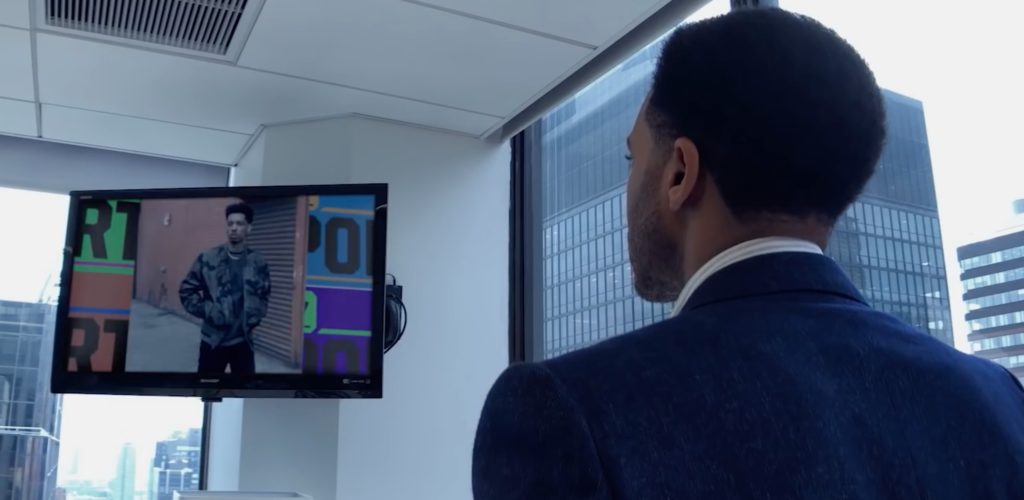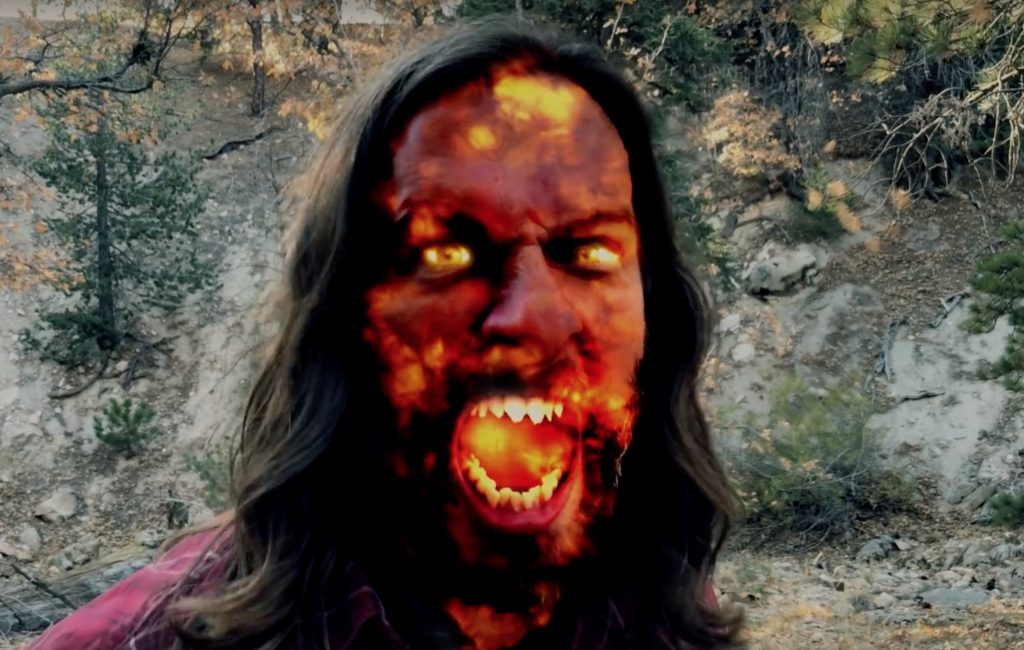For most of us, shooting with a single camera is a big challenge. So imagine the complexity that Irish filmmaker Declan Dowling had to deal with when shooting “Faoladh,” a stereoscopic VR film. Dowling used Google’s recently developed Odyssey camera rig, which brings together 16 GoPros. Yes, 16 camera shooting at once. In the interview (below), he talks about what goes into making a cinematic VR historical drama involving Vikings, Latin priest, a young hero, and—spoiler alert—a werewolf.
Interview with Declan Dowling
MMM: What brought you into filmmaking? How did you develop your skills?
Dowling: I suppose the short answer is that I found it a much faster medium to tell a story than animation or CGI. I did 3 years at the Irish School of Animation and 1 year of script writing, but the rest came from working with and talk to those already in the industry.
MMM: Were there any filmmakers who inspired you?
Dowling: There are a lot, but I actually found myself drawing most of my inspiration from video games ,which tell stories in a way that gels with my animation background.
MMM: Why did you decide to shoot it in VR as opposed to a traditional format?
Dowling: I was working with Google VR in shooting 3D panoramic stills on their Jump camera system. When they announced the Jump Start program that allowed us to film with on the gopro Odyssey—GoPro’s 16-camera panoramic stereo rig—I decided to contact the guys in Tile Films with the opportunity.
MMM: Can you say something about that particular film company?
Dowling: Tile Films is a leading producer of innovative, 4K UHD factual and scripted content. The production team is an eclectic mix of creative, technical and business people. They’ve produced astonishing content for the Smithsonian Channel, PBS, BBC, Virgin Media and RTE Ireland.
MMM: What made you want to do the story of Faoladh?
Dowling: I was working on a VR script about a kid surviving a broken home during the rescission, which involved the viewer acting as a form of ethereal guardian spirit. But when Tile Films agreed to be involved I decided to trade an economic crisis for a Viking invasion. Then, while reading the Topographia Hibernica I discovered the Werewolves of Ossory which later became known as the Faoladh and this became the perfect mechanism to add the viewer into this story.”
MMM: Could you describe the gear?
Dowling: The camera itself is quite complex. It consists of 16 GoPro’s arranged in a circle. These cameras film simultaneously produce 360 footage, while a cloud based stitching algorithm uses the overlap between the cameras to produce a stereoscopic depth map. The camera is big and heavy, and needed a lot of power. We settled on using a flycam, which gave us the freedom of movement to traverse the park. Turning it upside down allowed us to get down low enough for a wolf-like perspective. The audio was captured on an Ambisonics microphone.
MMM: How long did the shoot take?
Dowling: Just under three days.
MMM: Did you encounter any major production challenges?
Dowling: The file formats were a big issue. They were huge (8192×8192) and often crashed any system I tried to work with. Fortunately the team at V-Sense allowed me to use some of their more robust hardware,and I managed to covert to the footage into something more manageable.
MMM: Your young protagonist does a fine job. How did you find him? Is he speaking Gaelic?
Dowling: We found Fin through a local drama group. He was a great sport and kept the whole team entertained throughout filming. He does indeed speak as Gaeilge, which would have been the common language at that time, while the monk is actually speaking in Latin. Our other young Vikings speak in Norse tongues, but they aren’t featured in this part of the film.
MMM: This part of the film?
Dowling: Yes, what you’re seeing here is just one timeline from the film. There are interactive features and other branching timelines that we filmed. These are still in development.
MMM: Could you say a few words about the location?
Dowling: The heritage park is an amazing outdoor museum hidden in the southeast corner of Ireland, I was actually shooting panoramic images for Google at the park the year before, so I knew the location well and had plenty of reference material to draw from.
MMM: What about the visual effects?
Dowling: The whole film was tracked in After Effects using it immersive toolkit. This provided us with point clouds and allowed us to place effects on the scene in 3D space.
MMM: Was editing a VR movie different from editing a traditionally shot film?
Dowling: I used Adobe Premier which also supports an immersive toolkit and from there linked each shot into an after effects composition where the effects were added. Editing in VR follows a very similar workflow to traditional video however the preview area can be quite limited so you spend a lot of time checking the same shot from different angles to make sure there are no crew peaking out from behind the bushes or power lines in the background (of which there was plenty)
MMM: If someone wants to experiment with VR, what would be the best way to begin?
Dowling: Your best bet would be to browse tutorials online. There are plenty of VR filmmakers providing tutorials on YouTube. Then, if you feel like giving it a go, try getting a small VR camera to start with before investing in any of the larger more robust systems, which cost thousands of dollars.
MMM: How can people learn more about your work?
Dowling: They can see more of my work on my website or on the Faoladh. There’s also a lot of information on the Tile Films website. A paper detailing the production process can be found at Springer.com.
# # #
“Faoladh” has been chosen as a Mobile Movie of the Week by the editors of MobileMovieMaking.com.



 Previous post
Previous post
 Next post
Next post





